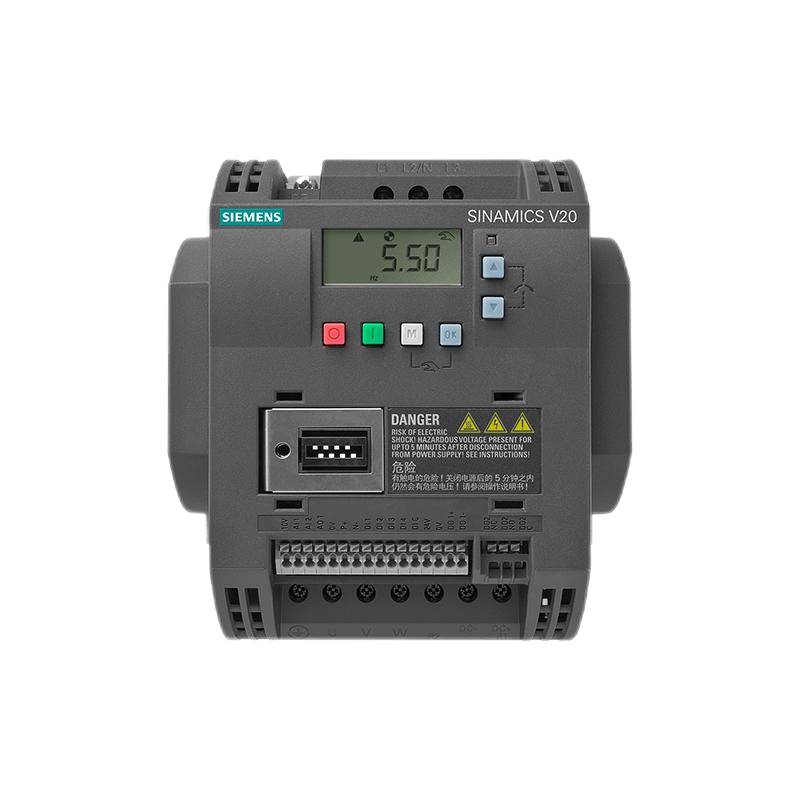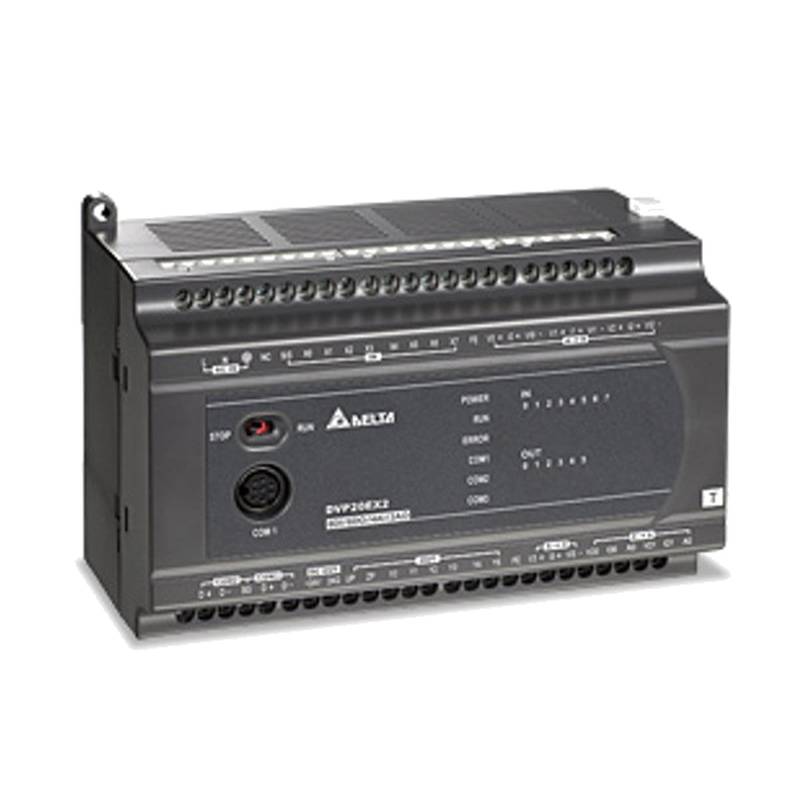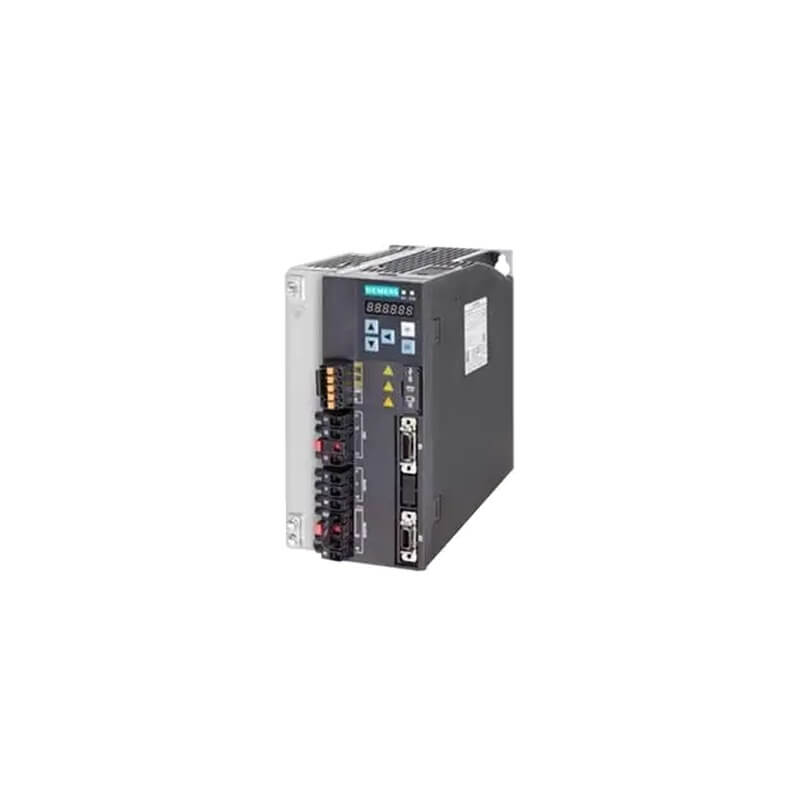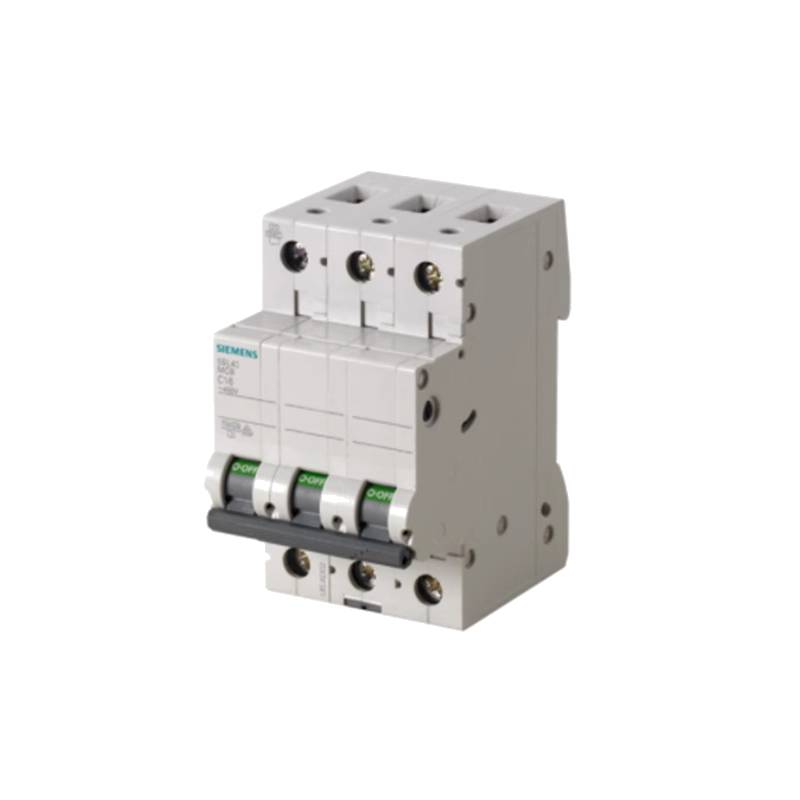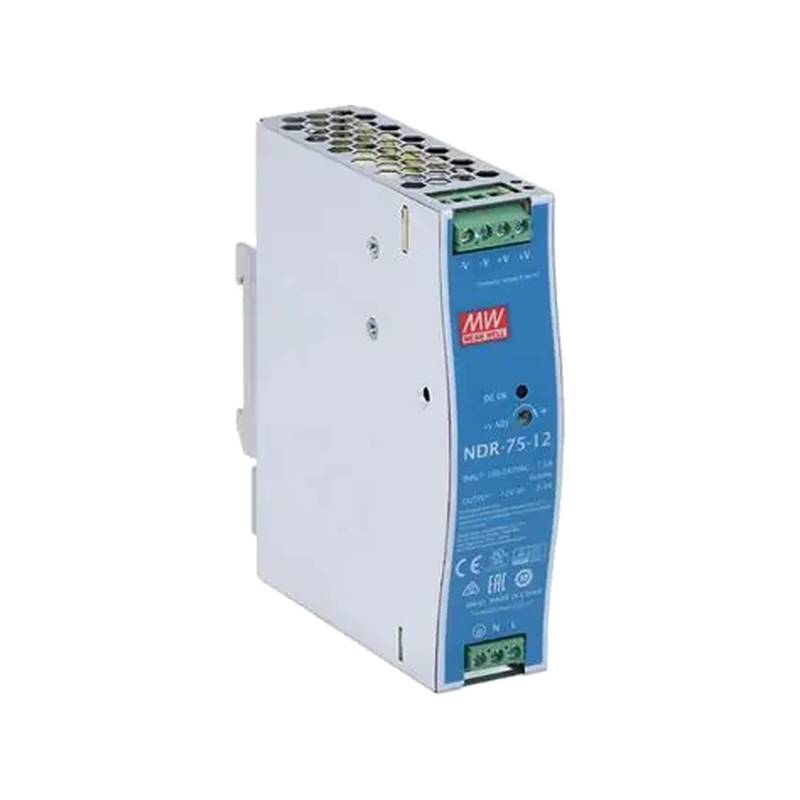
The Siemens 5SN6150-7CN is a 1-pole, 50A Miniature Circuit Breaker (MCB) designed for high-power circuit protection. Its key advantages lie in its robust design, reliable tripping performance, and compliance with stringent international safety standards. The core features include a breaking capacity of 6kA, ensuring protection against short circuits, and a Type C tripping characteristic, suitable for inductive loads that exhibit high inrush currents. This MCB is engineered for demanding industrial and commercial applications where dependable power distribution and personnel safety are paramount. Its technical specifications highlight its suitability for main and distribution power circuits.
Product Specifications
| Feature | Specification |
| :---------------------- | :------------------- |
| Product Type | Miniature Circuit Breaker (MCB) |
| Manufacturer | Siemens |
| Model Number | 5SN6150-7CN |
| Number of Poles | 1 |
| Rated Current (In) | 50 A |
| Tripping Characteristic | Type C |
| Breaking Capacity (Icn) | 6 kA |
| Rated Voltage (Ue) | 230/400 V AC |
| Frequency | 50/60 Hz |
| Protection Type | Thermal-Magnetic |
| Degree of Protection | IP20 |
| Terminal Type | Screw Terminal |
| Mounting Type | DIN Rail (35mm) |
| Operating Temperature | -25°C to +45°C |
| Compliance Standards | IEC/EN 60898-1 |
Core Features & Market Positioning
The Siemens 5SN6150-7CN MCB distinguishes itself in the market through its superior breaking capacity of 6kA, providing a robust defense against potentially damaging short circuits in industrial settings. Its Type C tripping curve is specifically engineered to accommodate applications with high inductive loads, such as motors and transformers, which experience significant inrush currents during startup. This characteristic prevents nuisance tripping while ensuring rapid disconnection under fault conditions. As part of Siemens' comprehensive portfolio of circuit protection devices, the 5SN6150-7CN benefits from the brand's established reputation for quality, reliability, and advanced electrical engineering, positioning it as a trusted choice for critical power distribution infrastructure. The robust construction and adherence to international standards like IEC/EN 60898-1 further solidify its competitive edge in demanding environments.
Key Application Scenarios
This 1-pole, 50A MCB is ideally suited for protecting individual circuits in industrial facilities, commercial buildings, and power distribution panels. Its Type C characteristic makes it particularly effective for safeguarding circuits supplying inductive loads such as small to medium-sized motors, pumps, fans, and transformers, where temporary high inrush currents are common during motor start-up. The 6kA breaking capacity ensures reliable protection against short-circuit faults in applications where fault levels can be significant. Common usage scenarios include protecting branch circuits in manufacturing plants, powering equipment in workshops, and serving as a protective device in building distribution boards for heavy-duty loads.
Practical System Integration Guidance
Integrating the Siemens 5SN6150-7CN MCB into existing electrical systems is straightforward due to its standard DIN rail mounting and screw terminal connections. Ensure the incoming power supply is de-energized before installation or wiring. Connect the line conductor to the top terminal and the load conductor to the bottom terminal. The MCB should be installed in a suitable enclosure to maintain the specified IP20 protection rating and prevent accidental contact with live parts. For systems requiring multiple protective devices, ensure adequate spacing between MCBs to allow for heat dissipation, especially when derating might be necessary for ambient temperatures outside the standard operating range.
Operation and Risk Mitigation
The Siemens 5SN6150-7CN operates via a thermal-magnetic tripping mechanism. The thermal element provides overcurrent protection against sustained overloads, while the magnetic element offers instantaneous protection against short circuits. To mitigate risks, always ensure the MCB is correctly rated for the circuit's load and potential fault current. Avoid bypassing or tampering with the device, as this compromises safety. If nuisance tripping occurs, investigate the load for excessive inrush current or potential faults before replacing the MCB. Regular visual inspection for any signs of damage or overheating can help prevent potential hazards.
Scalability & Long-Term Value
The 5SN6150-7CN MCB offers excellent compatibility with other Siemens circuit protection components and standard modular switchgear systems, facilitating seamless integration and expansion. Its robust design ensures a long operational lifespan, reducing the need for frequent replacements and lowering total cost of ownership. While this specific model is a standalone device, Siemens' broader circuit protection portfolio allows for future upgrades or integration into more sophisticated power management systems, including those incorporating smart monitoring and IIoT capabilities, should the need arise. This inherent compatibility ensures that investments in Siemens protection infrastructure remain relevant and adaptable.
Frequently Asked Questions
What is the breaking capacity of the Siemens 5SN6150-7CN MCB?
The Siemens 5SN6150-7CN MCB features a breaking capacity of 6 kA. This rating indicates the maximum fault current the breaker can safely interrupt without sustaining damage. It is crucial for protecting electrical systems from severe short-circuit events.
This high breaking capacity ensures that the device will operate reliably even under challenging fault conditions. It is suitable for applications where fault levels are expected to be significant, such as in industrial power distribution.
A 6kA rating is a standard requirement for many commercial and industrial installations, providing a good balance of protection and cost-effectiveness. It ensures compliance with safety regulations in many regions.
What does "Type C" tripping characteristic mean for this MCB?
A Type C tripping characteristic signifies that the MCB is designed to trip at currents between 5 to 10 times the rated current (50A). This makes it ideal for circuits with high inrush currents.
Examples of such loads include motors, transformers, and fluorescent lighting ballasts. The Type C curve prevents nuisance tripping during the initial startup of these devices.
However, it still provides rapid protection against short circuits, offering a compromise between overload and instantaneous trip points for inductive loads.
How do I install the Siemens 5SN6150-7CN MCB?
Installation requires mounting the MCB onto a standard 35mm DIN rail. Ensure the power to the circuit is completely switched off before proceeding. Connect the incoming live wire to the upper terminal and the outgoing load wire to the lower terminal.
Use appropriate-sized wiring for the 50A rating and ensure secure connections at the screw terminals to prevent overheating. Follow all local electrical codes and safety guidelines during installation.
After installation, test the MCB's functionality by operating the switch and, if possible, performing a trip test to confirm correct operation. Always ensure it is housed within a suitable electrical enclosure.
















